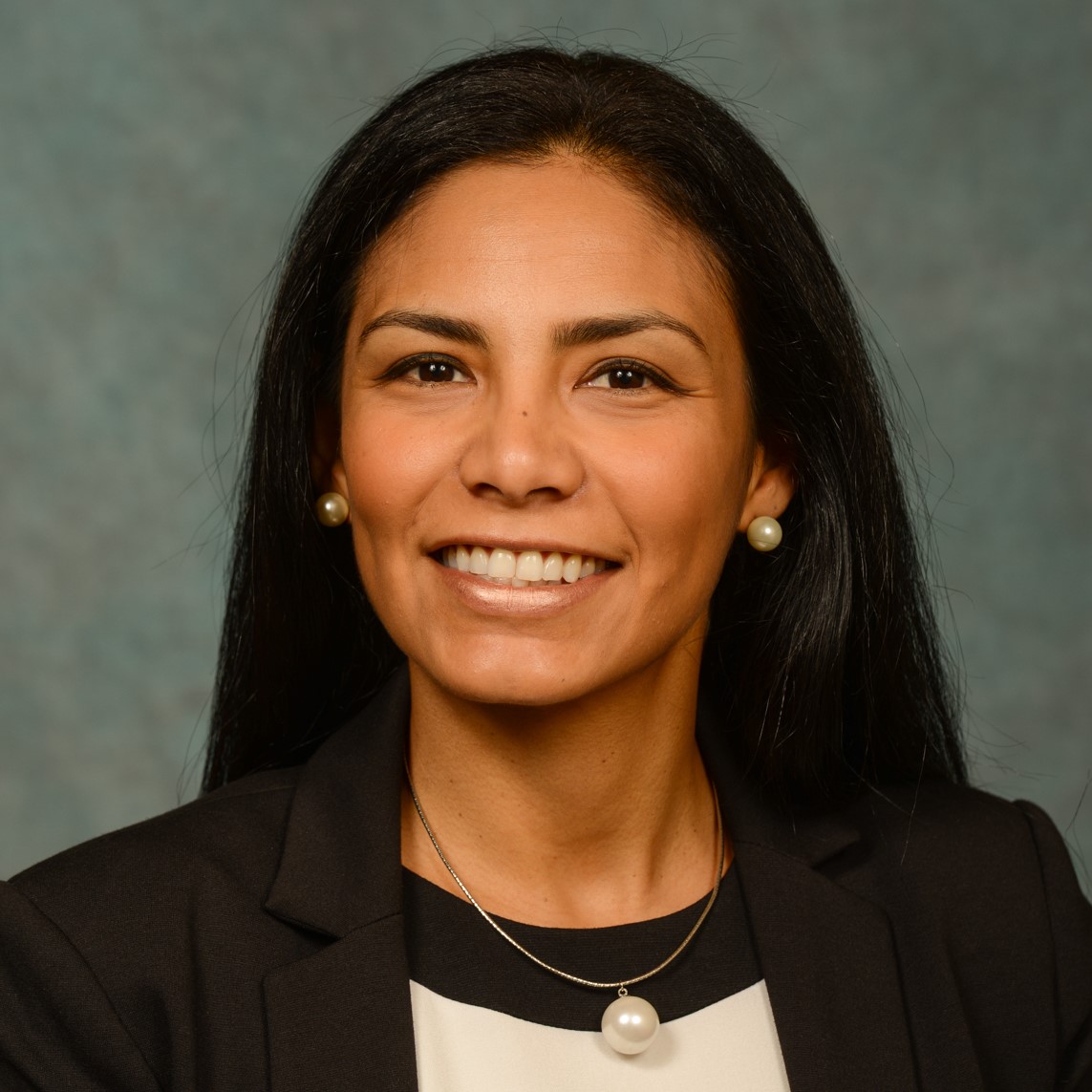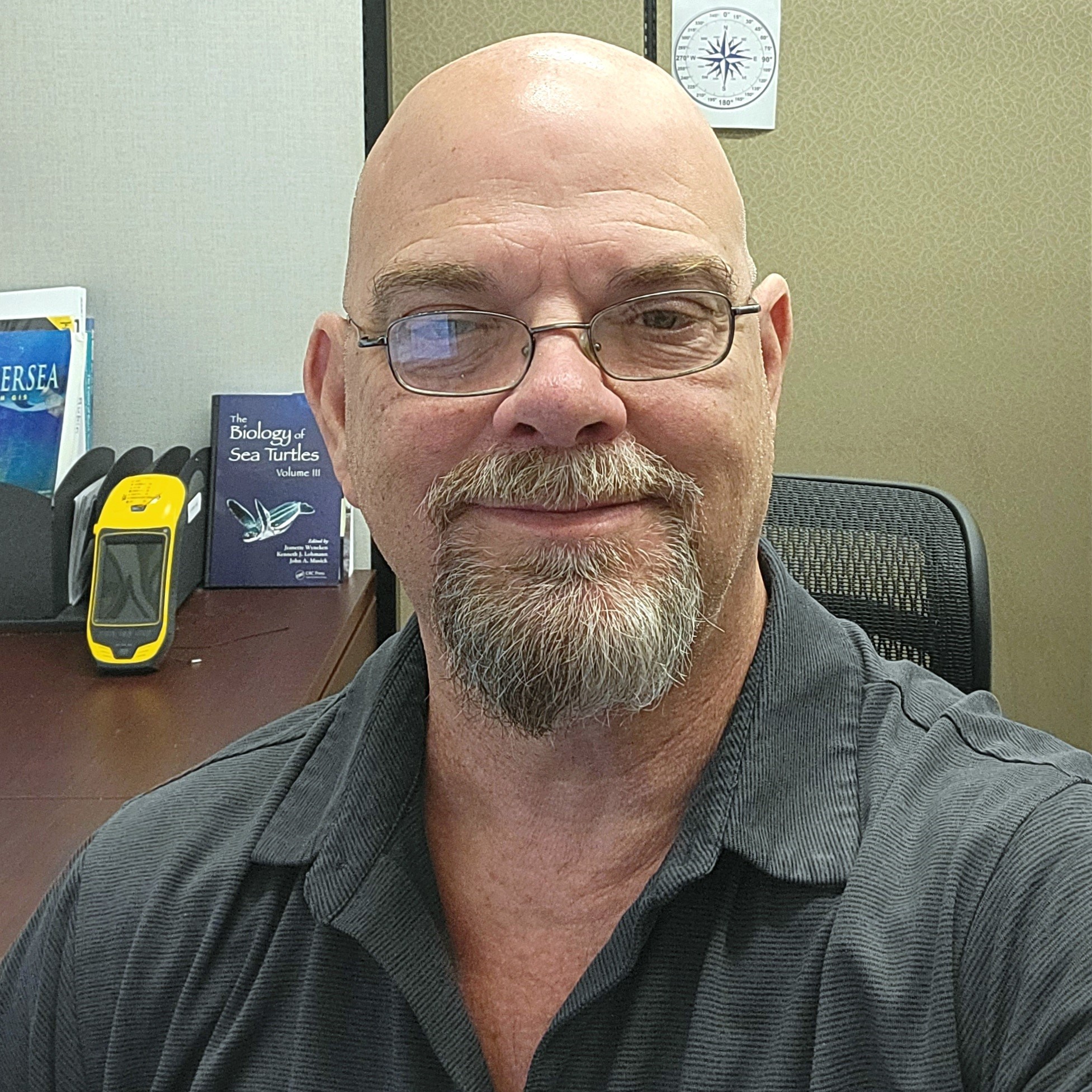|
Session C4.1
Central Everglades Planning Project: Restoring the Heart of the Everglades
Alexandra Serna
4:00 – 4:30 PM ET
| About the Presentation |
|
The Central Everglades Planning Project (CEPP) is one of the many components included in the Comprehensive Everglades Restoration Plan (CERP), which was approved by Congress as a framework for modifications and operational changes to the Central and Southern Florida (C&SF) Project needed to restore, preserve, and protect the south Florida ecosystem. Historically, a shallow slow-moving sheet of freshwater flowed over the wetlands to coastal bays and estuaries. Major modifications to the hydrology have resulted in ecological alterations within the estuaries and altered periods of inundation and water depth in portions of the Everglades.
The purpose of the CEPP is to improve the quantity, quality, timing, and distribution of water flows to the Northern Estuaries, Water Conservation Area (WCA) 3A, Everglades National Park (ENP), and Florida Bay while increasing water supply for municipal, industrial, and agricultural users. CEPP features include an above-ground reservoir, a stormwater treatment area, seepage management, and conveyance features.CEPP will also benefit the St. Lucie and Caloosahatchee Estuaries by reducing damaging discharges from Lake Okeechobee. This will be accomplished by redirecting approximately 370,000 acre-feet of additional water to the historical southerly flow path south through a 240,000 acre-feet reservoir (EAA Reservoir) and 6,500-acre new stormwater treatment area (A-2 STA) along with the existing STAs. The STAs reduce phosphorus concentrations in the water to meet required water quality standards. Rerouting this treated water south and redistributing it will facilitate hydropattern restoration in WCA 3A. This, in combination with Miami Canal backfilling and other CEPP components, is paramount to re-establishing a 500,000-acre flowing system through the northernmost extent of the remnant Everglades. The treated water will be distributed through WCA 3A to WCA 3B and ENP via new gated control structures and the creation of the Blue Shanty Flowway (BSF). The BSF will restore continuous sheet flow and re-connection of a portion of WCA 3B to ENP. A seepage barrier wall and pump station will manage seepage to maintain levels of flood protection and water supply in the urban and agricultural areas east of the WCAs and ENP.
Restored water depth, duration, and distribution in WCA 3A and 3B and ENP will serve to recreate a landscape characteristic of a pre-drained system that will support a healthy mosaic of plant and animal life. The restored hydrology of the Everglades ecosystem will more closely resemble a natural occurring rainfall-driven system with wet and dry cycles essential to flora and fauna propagation. Improved water depth and sheet-flowing distribution will begin to re-establish the unique ridge, slough, and tree island micro-topography that once provided sustenance to the vast diversity of the species inhabiting the Everglades.
|
| About the Speaker |
|
 Alexandra Serna Alexandra Serna
Senior Project Manager
South Florida Water Management District
Dr. Serna is a Senior Project Manager at the South Florida Water Management District. She holds a BS in Chemical Engineering from Universidad Simon Bolivar, a Masters in Geology, and a Ph.D. in Natural Sciences from the University of Hamburg. Research activities along her career include the determination of factors that influence the biogeochemistry of important environmental settings in South Florida, including the Northern Estuaries, the Everglades, and the Florida Keys. She has participated in several projects that have helped water management agencies to understand processes pertaining to hydrology and nutrient cycles. Dr. Serna has experience managing multiple aspects of ecosystem restoration projects and in coordinating across different disciplines involved in the implementation of projects.
|
Session C4.2
Protecting the Coastal Zone: How the City of Fort Lauderdale Preserves Endangered Ecosystems
David Rubin, GISP
4:30 – 5:00 PM ET
| About the Presentation |
|
Many cities face the challenge of addressing environmental protection. The City of Fort Lauderdale has addressed these challenges through an interdisciplinary, multifaceted approach that has targeted environmental protection of the beach environment. This presentation will give an overview of the City of Fort Lauderdale's efforts in Coastal Zone Management. These efforts include a comprehensive sea turtle monitoring and protection program, the removal and recycling of seaweed (Sargassum) through mechanical beach cleaning, routine trash removal, and dune analysis. The decade-plus-long initiative has generated valuable data on the effectiveness of these measures in maintaining the integrity of protected endangered ecosystems while allowing for uninterrupted use of the beach, world-class concerts and festivals, and local entertainment events. The presentation will also highlight how the City of Fort Lauderdale spread awareness of environmental protection needs and recognized the beach's unique value to the surrounding community.
|
| About the Speaker |
|
 David Rubin, GISP David Rubin, GISP
GIS Analyst
City of Fort Lauderdale
David Rubin, M.A., GISP has worked within the City of Fort Lauderdale for the past 13 years to develop and implement the Sea Turtle Nest Monitoring Program. His primary focus has been on incorporating remote sensing & GIS tools into the conservation of natural environments and endangered species. In addition to his Master's degree in Geosciences from Florida Atlantic University (FAU), Mr. Rubin care has spanned 25 years developing and implementing a variety of Eco-preservation programs between the University of Hawaii at Manoa, Hawaii's Department of Land and Natural Resources, and the City of Fort Lauderdale Beach.
Session C4.3
Citizen-Scientist/Public-Outreach Habitat Restoration Programs through NAEP Local Chapter
Erik Neugaard
5:00 – 5:30 PM ET
| About the Presentation |
|
The South Florida Association of Environmental Professionals, a chapter of the National Association of Environmental Professionals, has established several citizen-scientist/public-outreach habitat restoration programs to educate and engage the public about ongoing habitat degradation, and to make collaborative community efforts to restore local habitats. This presentation will describe the many permitting, legal, insurance and other challenges encountered in implementing a 1) Community Coral Nursery Program, 2) Community Oyster Gardening Program, 3) Community Seagrass Restoration Program, 4) Community Native Plant Nursery Program, 5) Community King Crab Nursery Program, and 6) Community Sea Urchin Nursery Program. The presentation will also describe the synergy that has been created by collaborating with the following organizations which share the common environmental stewardship objective of local habitat restoration; 1) Broward County Port Everglades Department, 2) Reef Discovery Center, 3) Project Baseline, 4) Urban Farming Institute, 5) Coastal Conservation Association, 6) Florida Oceanographic Center, and 7) Marine Discovery Center Shuck & Share Program.
|
| About the Speaker |
|
TBD
|
Back to Schedule
|
|

 Alexandra Serna
Alexandra Serna David Rubin, GISP
David Rubin, GISP

